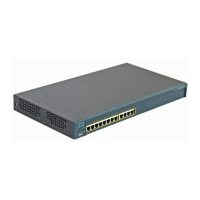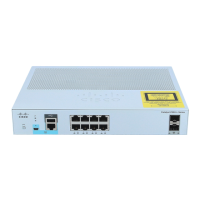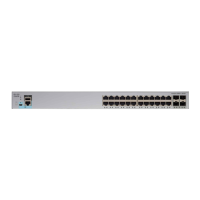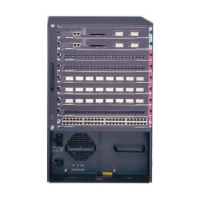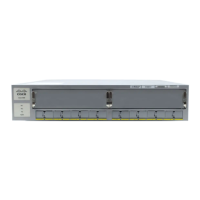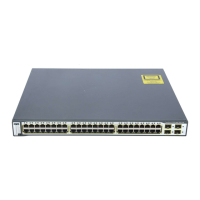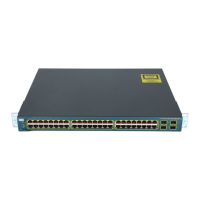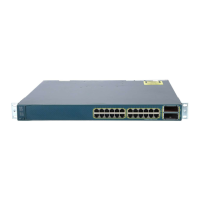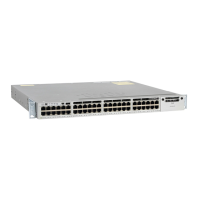1-7
Catalyst 2900 Series XL and Catalyst 3500 Series XL Software Configuration Guide
78-6511-05
Chapter 1 Overview
Management Options
Management Options
The Catalyst 2900 XL and Catalyst 3500 XL switches are designed for
plug-and-play operation: you only need to assign basic IP information to the
switch and connect it to the other devices in your network. If you have specific
network needs, you can configure and monitor the switch—on an individual basis
or as part of a switch cluster—through its various management interfaces.
This section discusses these topics:
• Interface options for managing the switches
• Advantages of clustering switches and using CMS
Management Interface Options
You can configure and monitor individual switches and switch clusters by using
the following interfaces:
• CMS—CMS is a graphical user interface that can be launched from anywhere
in your network through a web browser such as Netscape Communicator or
Microsoft Internet Explorer. CMS is already installed on the switch. Using
CMS, you can fully configure and monitor a standalone switch, a specific
cluster member, or an entire switch cluster. You can also display network
topologies to gather link information and to display switch images to modify
switch- and port-level settings.
For more information about CMS, see Chapter 2, “Getting Started with
CMS.”
• CLI—The switch IOS CLI software is enhanced to support
desktop-switching features. You can fully configure and monitor the switch
and switch cluster members from the CLI. You can access the CLI either by
connecting your management station directly to the switch console port or by
using Telnet from a remote management station.
For more information about the CLI, see Chapter 3, “Getting Started with the
CLI.”
